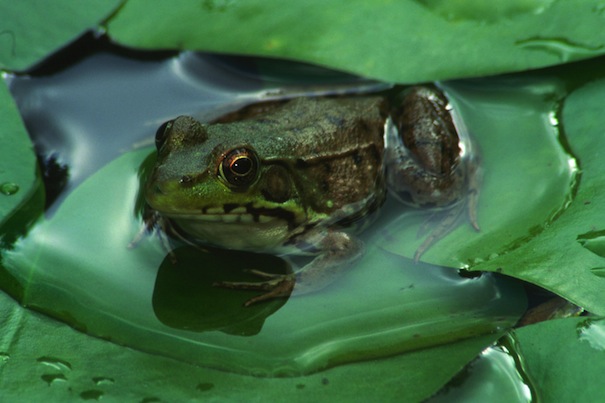Backyard hibernators could be hiding in plain sight

By Bettyann Nagy
Ohio certified volunteer naturalist
CANFIELD
Say the word hibernation and most of us think of bears. If you live in the city or suburbs like me, odds are you won’t find a hibernating bear when you go outside this winter. But all of us would be wrong if we assumed other wildlife are not hibernating in our yards and neighborhoods.
Animals hibernate to survive the winter and they all require food and shelter. But not all animals hibernate the same way.
True hibernators like bears, woodchucks, little brown bats, eastern chip monks and some mice eat extra food in the fall and store it as body fat. They find dark quiet places, safe from predators. Then they go into such a deep sleep that their heart rate, body temperature and respirations slow down significantly. Less overall energy is used and these fat reserves will last them for months.
But not all hibernators will sleep the entire time. Our backyard squirrels and raccoons prepare for winter by storing food in their nests and dens. They also build up their fat reserves. But they don’t experience major changes in their temperature, heart rate and breathing. They sleep for weeks during severe weather and wake to eat and roam during milder weather. The term for this type of hibernation is torpor, and is driven by ambient temperature and food availability.
Not all animals that hibernate are warm-blooded mammals.
That summer garter snake will be hibernating with hundreds of its kind in underground communal dens.
And your garden land snail will seal up openings in its shell and find shelter in tiny crevices or under dead leaves.
Tree frogs and toads will burrow into the soil to survive the winter.
Spring peepers, wood frogs and salamanders will seek out crevices in logs or rocks or snuggle below a thick layer of leaf litter.
Is there a pond near you? Bull frogs and snapping turtles will settle on the bottom of ponds where the water doesn’t freeze.
Some insects also hibernate and will keep warm under tree bark, in rotting logs or find holes in the ground.
So this winter take a good look around your neighborhood.
That church steeple could be home to thousands of hibernating bats. That tree with the holes, the cracked rock, the brush pile near the pond.
These nooks and crannies are winter homes to wildlife.
Animals that hibernate are often hiding in plain sight.
To learn about winter habitats of our wildlife, visit http://go.osu.edu/winterhabits.
 43
43
